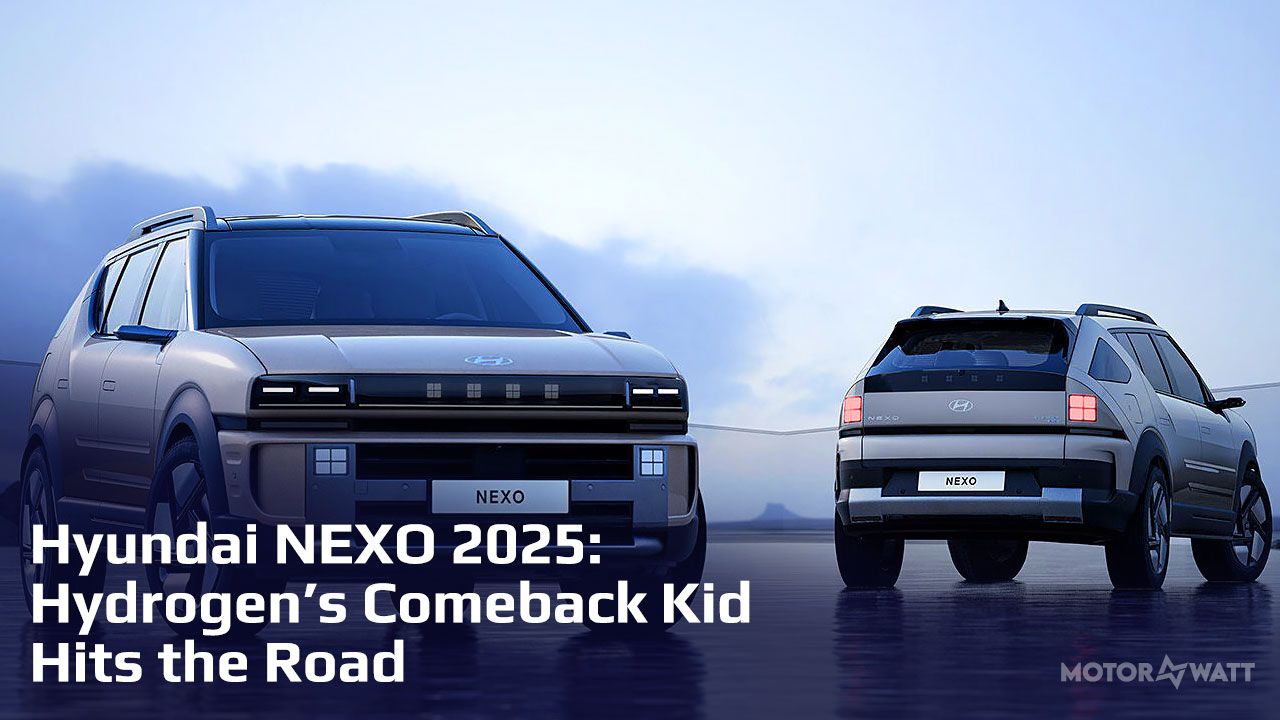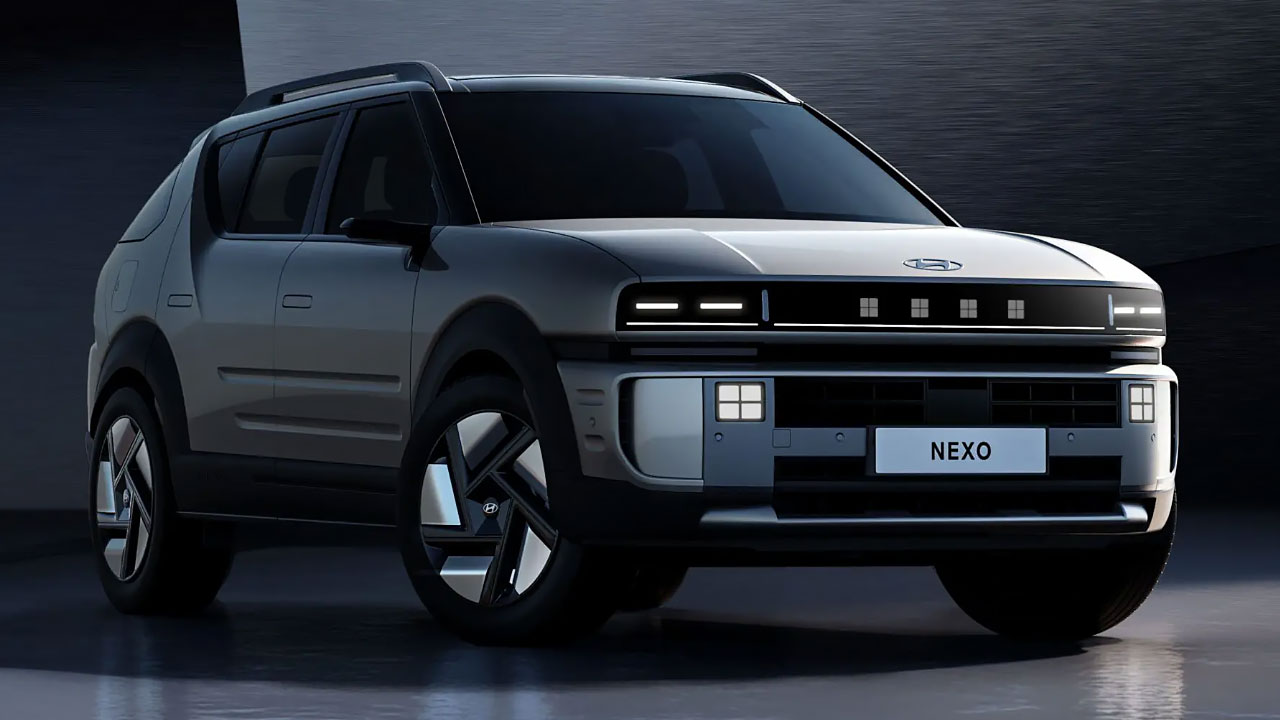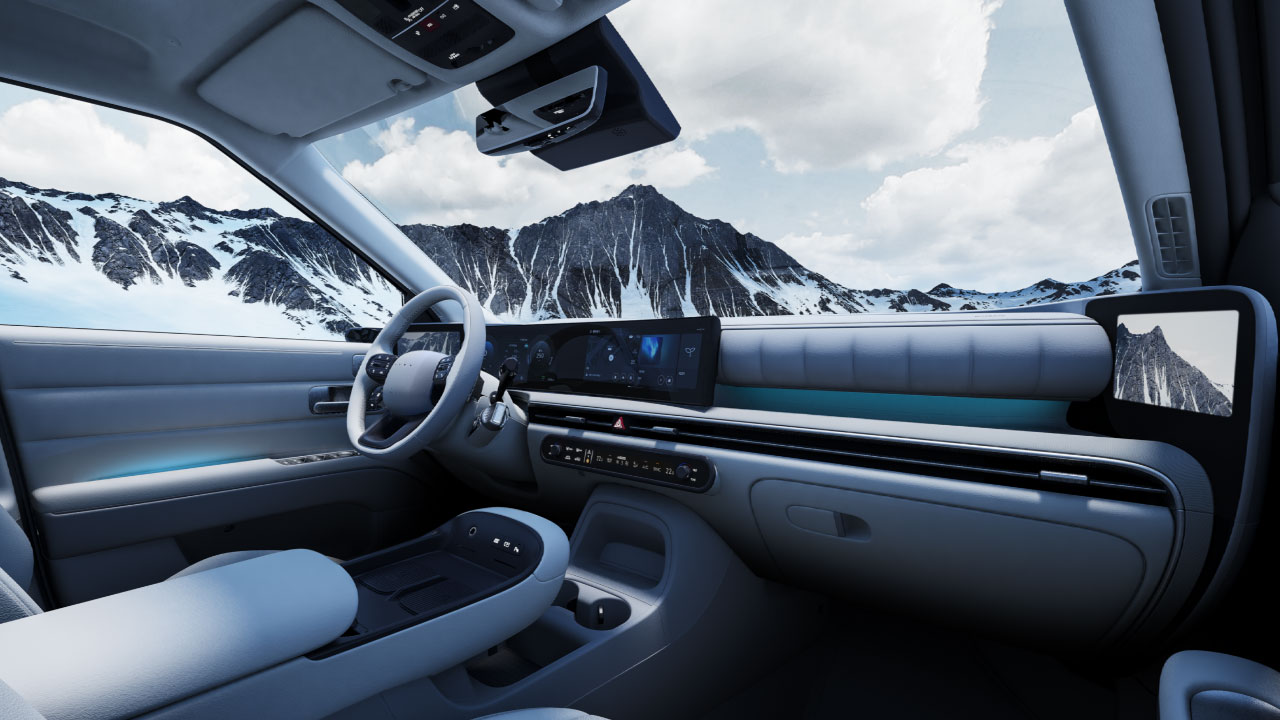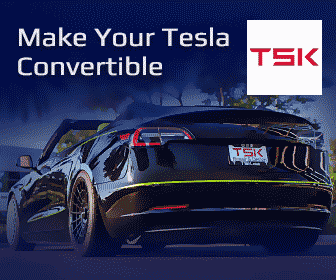Hyundai NEXO 2025: Hydrogen’s Comeback Kid Hits the Road
Share this article in Social Media:

The 2025 Hyundai NEXO is a hydrogen fuel cell electric SUV with a 700 km (435-mile) range and five-minute refueling time. Featuring a bold design and upgraded powertrain, it aims to rival BEVs while highlighting hydrogen’s potential in sustainable mobility.
At the 2025 Seoul Mobility Show, Hyundai threw down the hydrogen-powered gauntlet with its revamped NEXO FCEV, setting the stage for a fresh chapter in the alt-fuel saga. Think 700+ km (435 miles) of range, five-minute refueling, and a whole new design that makes its 2018 predecessor look positively tame. This isn’t just a refresh—it’s Hyundai doubling down on hydrogen at a time when battery-electric vehicles are hogging the spotlight.
With the second-generation Hyundai NEXO, the automaker isn’t just tweaking specs—it’s taking hydrogen from niche to noteworthy. Let’s get into the brass tacks of what makes this SUV tick, what it means for green driving in 2025, and whether it can actually muscle in on Tesla and BYD’s territory.
Hyundai’s Bold Design Overhaul for the NEXO Hydrogen SUV
The refreshed Hyundai NEXO isn’t shy. Out with the rounded curves, in with an SUV profile that echoes the latest Santa Fe—boxier, prouder, and armed with a full-width LED strip across its new upright fascia. It ditches subtlety in favor of presence, aligning with Hyundai’s “Art of Steel” design language. Retractable door handles and a streamlined roofline help it cut through air more efficiently while still looking sharp.
Inside, the NEXO is tech-forward: dual 12.3-inch displays serve up infotainment and driver info with the sleek polish of a luxury lounge. The bio-based materials, first-row Relaxation Seats, and refined layout push it closer to Rivian R1S territory than its original eco-warrior vibes. Simply put, the 2025 NEXO wants to be the hydrogen SUV you actually want to drive—not just a science project on wheels.

NEXO Hydrogen Powertrain: 700 km Range and Five-Minute Refueling
Let’s talk tech. The Hyundai NEXO’s new third-gen fuel cell stack delivers 110 kW (147 hp), a 16% boost from the previous 95 kW, and teams up with a 150 kW (201 hp) front-mounted motor. It now scoots from 0–100 km/h (0–62 mph) in 7.8 seconds, shaving off nearly 1.5 seconds from the outgoing model. Not bad for a car that gulps hydrogen instead of gasoline or electrons.
The range? Hyundai’s aiming for 700+ km (435 miles), courtesy of a larger 6.69 kg hydrogen tank and better underbody airflow. That’s enough to outlast most BEVs on a road trip. And since it takes only five minutes to refuel, you’re back on the road faster than it takes to order a large coffee. The NEXO also supports V2L (vehicle-to-load), so you can power gadgets and appliances right from the car.
Can the NEXO FCEV Compete with BEVs in 2025?
Here’s where the rubber hits the road. On paper, the NEXO’s quick refueling and long range are serious perks, especially in a world where BEVs still need 20–30 minutes to fast-charge. And unlike BEVs, the NEXO purifies air as it drives, filtering out 99.9% of particulates—making it literally cleaner than the air around it.
But infrastructure remains the kryptonite. With only about 63 hydrogen stations in California and far fewer in Europe, it’s a bit like owning a Ferrari and living in a town with no roads. And producing green hydrogen is still an energy-hungry process. BEVs, backed by expanding charging networks and falling battery costs, still wear the crown—especially for mainstream buyers. The Hyundai NEXO 2025 is aiming for a different crowd: one that wants premium design, fast refueling, and low emissions—even if it means hunting for a pump.

Hyundai NEXO Pricing, Incentives, and Market Strategy
Now let’s talk money. In South Korea, the outgoing NEXO rang in at $54,138 (about €50,400), and the refreshed model is expected to top $60,000 (roughly €56,000) before subsidies. That puts it in the same league as the BMW iX and Rivian R1S, both of which boast robust charging infrastructure. But Hyundai is throwing in perks like $15,000 in free hydrogen over three years for California buyers—trying to offset the infrastructure disadvantage with real-world savings.
Production targets sit at 13,000 units annually, up 30% from the first-gen NEXO. Hyundai isn’t betting the farm, but they’re clearly positioning the hydrogen SUV as a premium option for early adopters and clean tech enthusiasts. Towing capability, a roomier interior, and the slick new infotainment system add value, but the NEXO still plays best in regions where hydrogen stations aren’t unicorns.
Infrastructure, Policy, and the Hydrogen Debate
The NEXO’s fate doesn’t rest on horsepower or leather stitching—it’s all about policy and pump count. Hyundai’s role in the Hydrogen Council, along with city partnerships in Paris and Munich, shows they’re trying to grow the ecosystem. But without a massive expansion in refueling stations, this ride won’t get far.
Add in potential U.S. tariffs—set to kick in April 2, 2025—and things get stickier. The South Korean-built NEXO could get pricier, just as Hyundai tries to pitch it to American eco-drivers. And while green hydrogen tech keeps advancing, the costs and logistics still weigh heavy on adoption. The NEXO might be ahead of the curve, but it needs the world to catch up.









